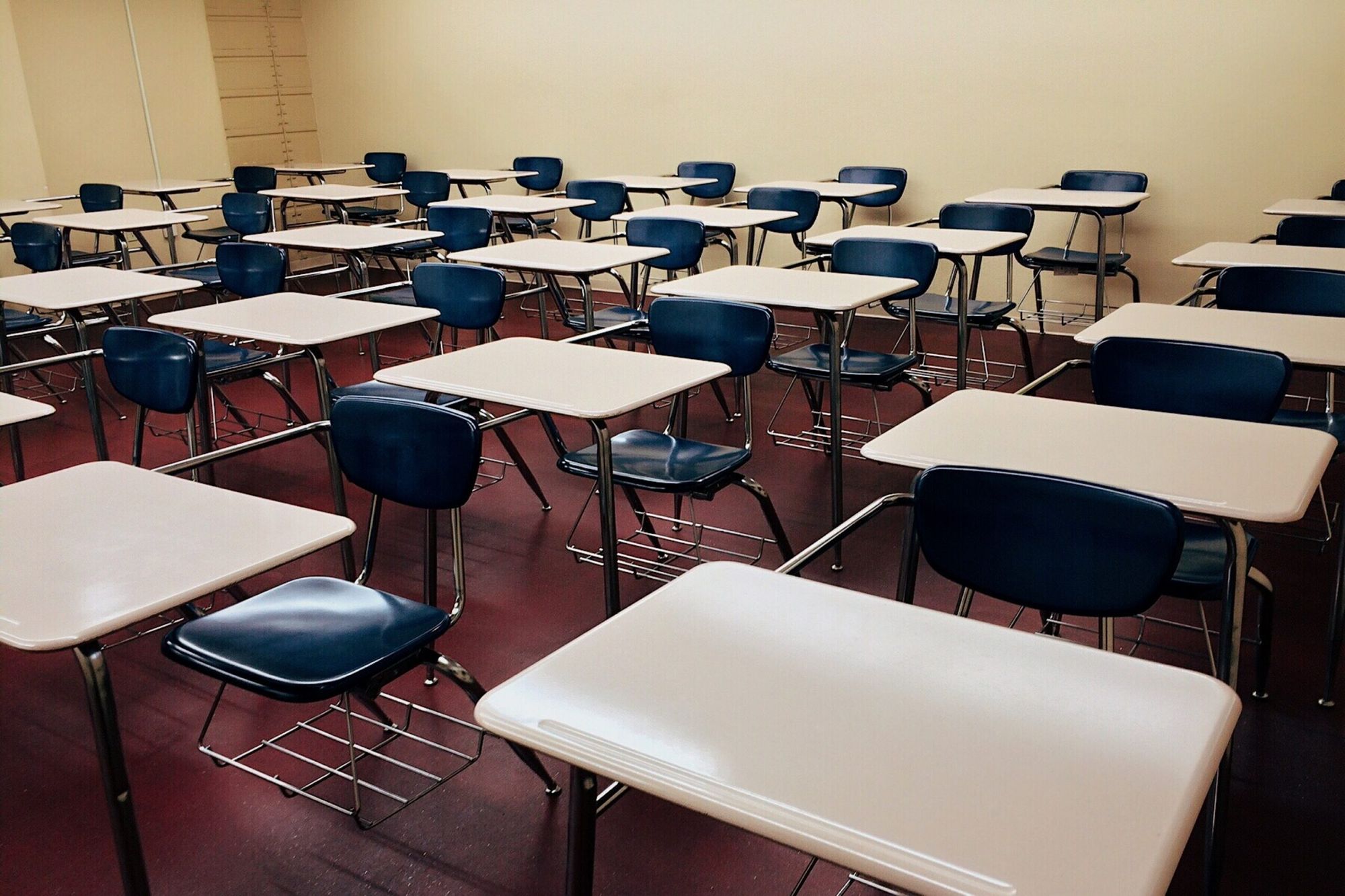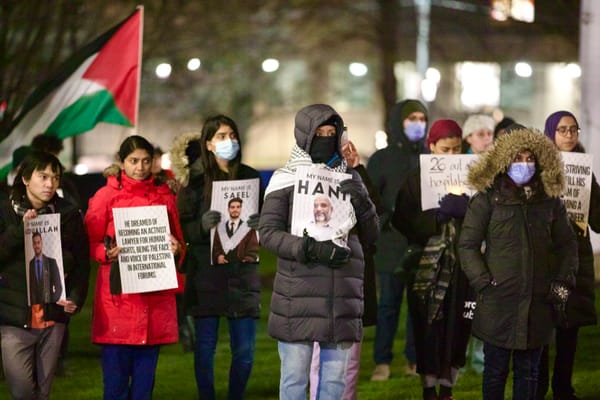Health Canada is set to approve vaccines for children between the ages of five to 11 any day now. According to a paywalled Toronto Star article, which cited several officials with Canada’s public health agency who were unauthorized to talk about this publicly, approval for the Pfizer vaccine will come on Friday.
For those of us who’ve been living through the pandemic with young children and who understand the need to vaccinate them, the news couldn’t have come soon enough. While most of the focus on unvaccinated people has remained on committed anti-vaxxers, children make up the largest chunk of the demographic. Parents keenly know this, as we navigate school- or daycare-delivered seasonal bugs, allergies and other symptoms that may or may not be COVID-19. There’s no question that the past 20 months have been a grind.
But nothing in this pandemic has been created equal. While white, middle class parents like me regularly express our anxieties online about having unvaccinated children, we’re among the families least likely to be at risk. Yet this is rarely mentioned. Instead, there are stories about vaccination fears and excitement, untethered to questions about vaccine equity.
As I detail in my forthcoming book, How Media And Politicians Misdiagnosed The COVID-19 Pandemic, the most enduring story about Canada’s pandemic response is how systemic racism, classism and ableism drove up infection and death. But Canadians rarely hear analysis about who has been the most impacted, from infection rates and deaths by neighbourhoods, to varying levels of vaccine access by community. And with help of middle to upper-middle class voices in media and on social media, the plight of children has been similarly flattened, with the differential dangers faced by racialized, poor and/or disabled kids rarely mentioned.
This is especially important now, as governments are about to distribute children’s vaccines. While many parents have said that they’re eager to jump to the front of the line, a free-for-all will simply reinforce inequities, again.
There are two ways to ensure kids who need the vaccine most get it first, and both can be done simultaneously.
The first is to send vaccines to communities with the highest percentages of children. These children pose a threat to themselves and their communities by making up a larger portion of unvaccinated individuals, and thus need to be protected from COVID-19.
This step would mean prioritizing Nunavik and Quebec’s northern regions, Nunavut, Saskatchewan’s Far North and North regions, Northern and Southern Health in Manitoba, Alberta’s North, Central, and South Zones, and Ontario’s Halton and Northwestern regions. Many of these communities have also had some of the highest per capita COVID-19 rates. For example, along with being the region in the country with the highest percentage of the population under 14, Nunavik is also Canada’s COVID-19 hotspot right now, with a whopping 1790.1 active cases per 100,000 people. These communities also happen to have some of the lowest rates of overall vaccination.
Communities that have been hit hardest by COVID-19 should be prioritized next, starting with children who live on reserve. Then, in each province, hotspot neighbourhoods should be targeted, for example by vaccinating Montreal’s St. Leonard-St. Michel, St. Laurent and Ahuntsic-Cartierville neighbourhoods before anywhere else in the province, save Nunavik, or vaccinating children in Toronto’s northwest communities first in the city.
A more equitable rollout would also be facilitated by vaccinating children while they’re at school, rather than relying on savvy parents to snap up appointments through a central booking system (or even worse, a random system aided by Internet strangers, as was the case for Ontario’s adult vaccine roll-out). This approach should prioritize children who live in residential care and group homes.
In British Columbia, 70,000 kids are already signed up for their vaccine through a provincial portal. Similarly, Albertans have been able to sign up through an online portal for months, and the province has signalled that it will unroll clinics when the vaccine is approved. Manitoba will be administering doses through clinics, doctors’ offices and pharmacies. Ontario’s 34 public health units all have the responsibility to come up with their own plans. In Nova Scotia, pharmacies will be administering the doses in the same way that they did for adults.
Quebec is an outlier. The province plans to deliver vaccines through the school system, just like it did for teenagers. While there’s no word about whether or not schools are being prioritized based on hot-spot location, having a centrally-coordinated roll-out at least makes this easier than administering the vaccine through a decentralized mix of public clinics and private providers.
While I feel incredibly lucky that I don’t need to stress over booking doses for my kids, figure out how to get them to a clinic while they should be in school or even deal with the hassle of a kid who’s scared of needles (here’s hoping that peer pressure works!), I’m also completely at ease with not being at the front of the line. My fingers are crossed for a centrally-coordinated roll-out that reaches the kids who need it most. We have a shot at such a vaccine campaign.
But that isn’t the case for the vast majority of parents with children between the ages of five to 11. It seems that Canada is on track to repeat the same sort of inequitable vaccination decisions it has made throughout the pandemic.








Member discussion